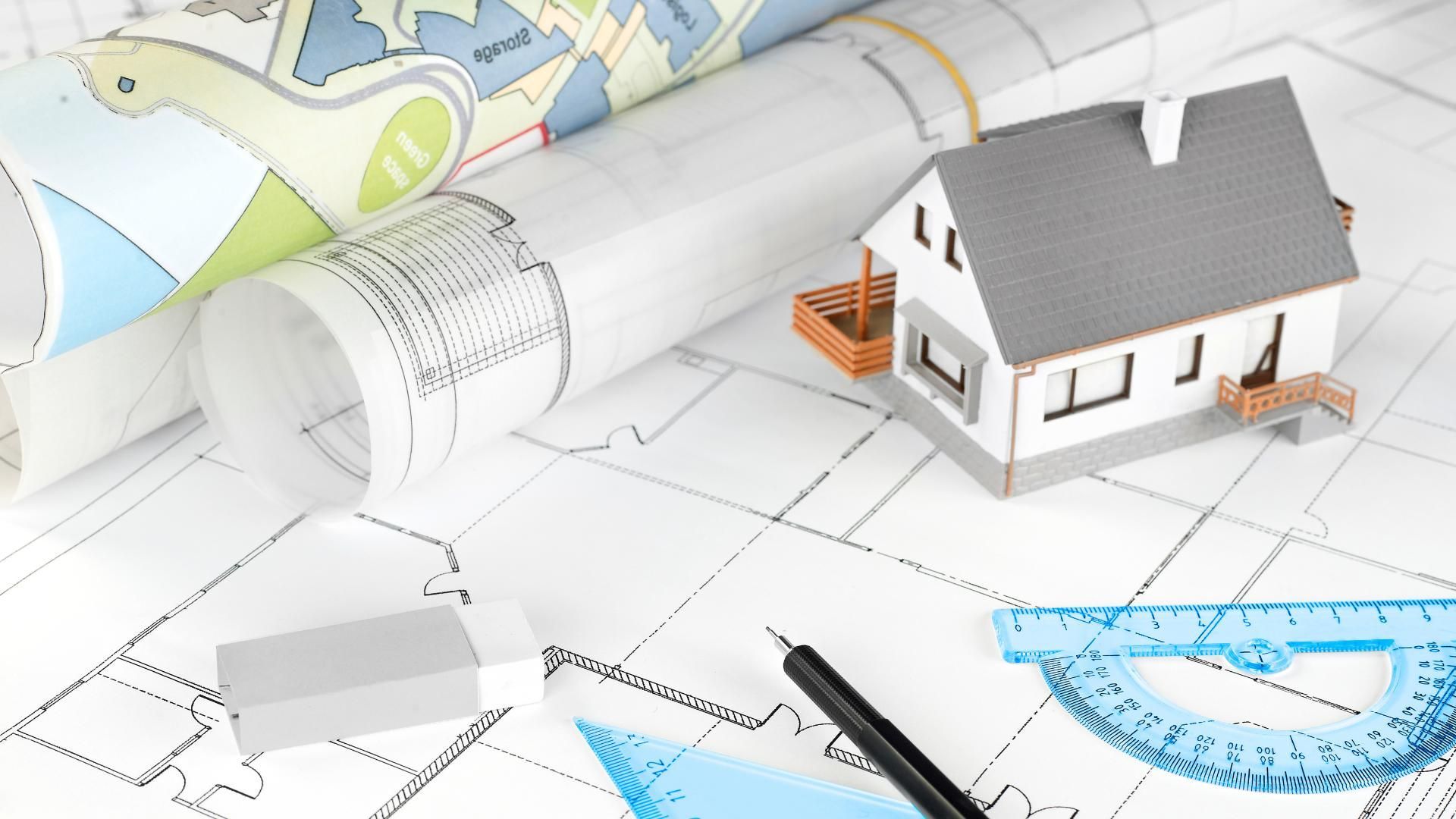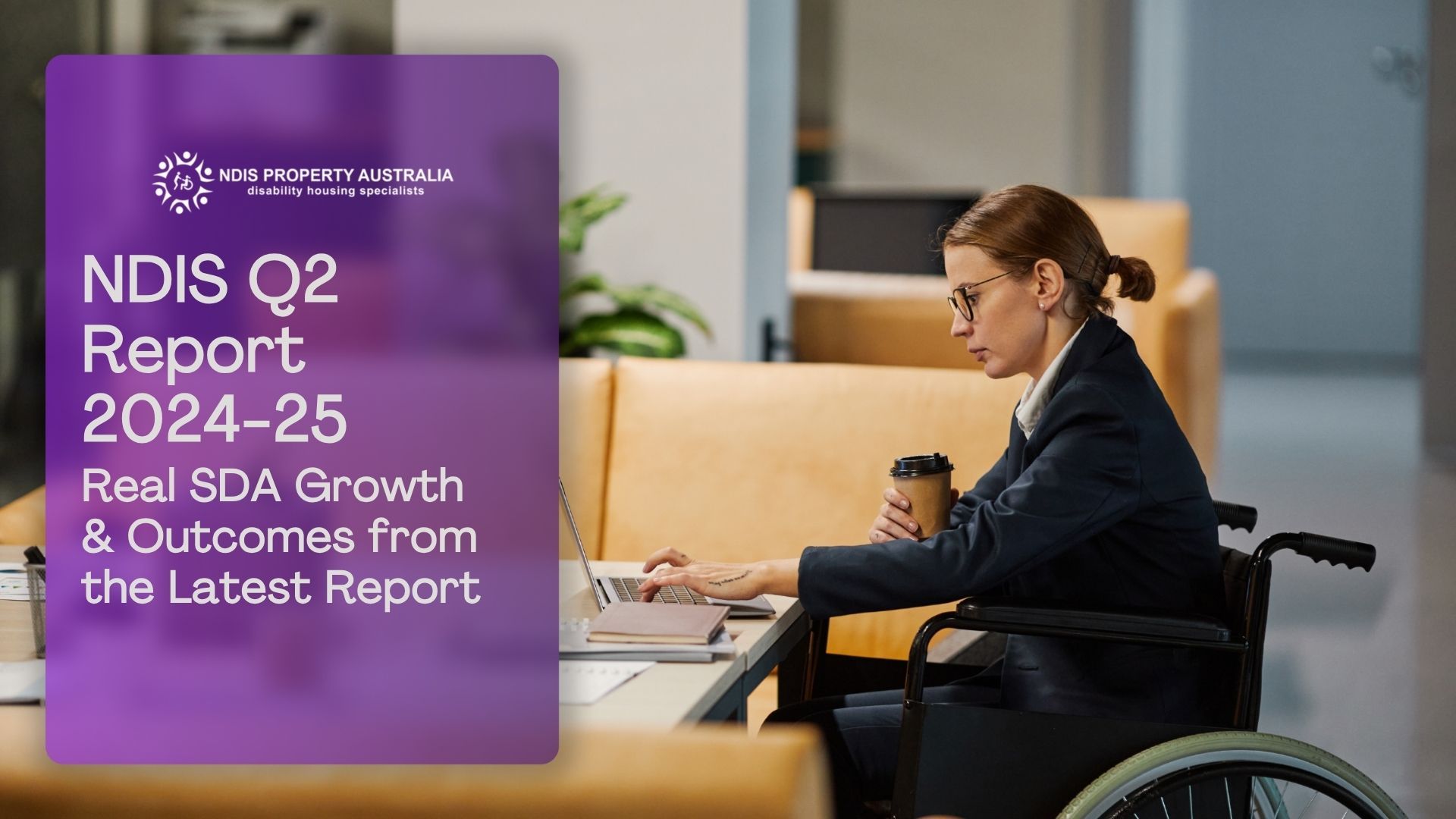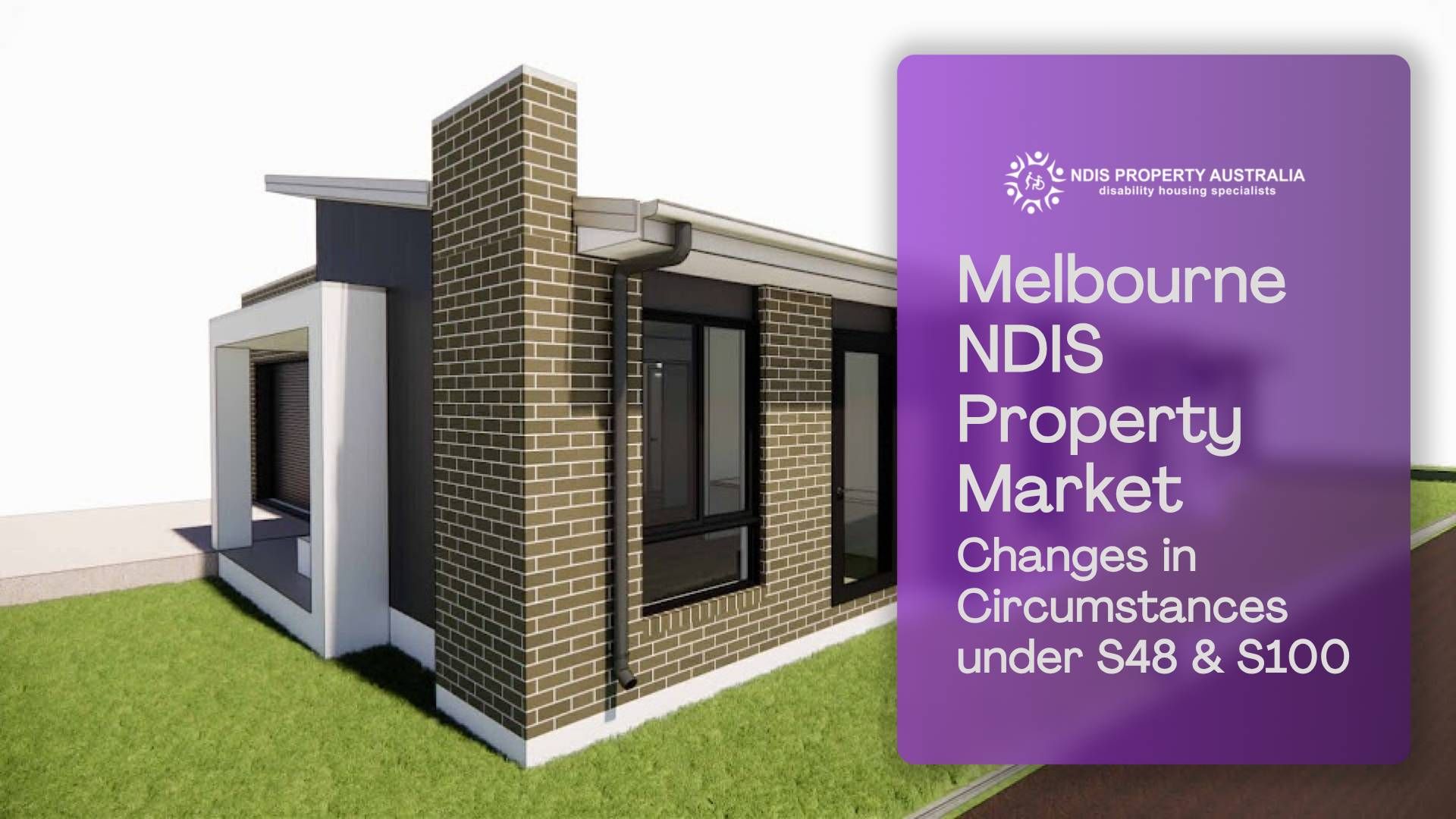Navigating the SDA Design Standards: A Comprehensive Guide for Investors
The landscape of Specialist Disability Accommodation (SDA) in Australia is evolving rapidly, offering unique investment opportunities in the realm of disability housing. With the National Disability Insurance Scheme (NDIS) playing a pivotal role, understanding the intricacies of SDA design standards is crucial for investors looking to make a meaningful impact while securing sustainable returns. This guide delves into the essentials of SDA property investment, drawing insights from industry experts and the latest trends in disability housing Australia.
The Importance of SDA in the NDIS Framework
SDA properties are designed to cater to individuals with significant disabilities, providing them with tailored living spaces that enhance their quality of life. The demand for such accommodations is on the rise, with the NDIS identifying a substantial need for more SDA-approved homes. This gap in supply and demand presents a fertile ground for investors, but it also requires a deep understanding of the NDIS building requirements and SDA design standards.
Read also:
All You Need to Know about NDIS Housing Investment
Understanding SDA Design Stages and Standards
Investing in SDA property is not just about building homes; it's about creating environments that empower residents. The SDA design process is typically divided into two main stages: the design stage and the built stage. Each stage has mandatory requirements, with optional inspections suggested to guarantee adherence and quality. Key aspects like dimensions, circulation spaces, electrical fittings, and fixtures need to be carefully chosen, designed, and installed to guarantee that every property is suited to its tenants.
Intermediate Assessments: Compliance and Quality
During the build, typically two intermediate assessments are recommended. These focus on specific areas like bathroom floor gradients and pre-lining inspections. These assessments are essential for seeing possible problems early on in the building process and fixing them to save expensive adjustments later.
The As-Built Stage: Final Compliance and Certification
Upon completion, the as-built stage involves a thorough inspection to ensure that the build complies with the approved design and SDA design standards. This stage is critical for obtaining the necessary certifications and approvals, enabling the SDA provider to enrol the property.
Complying with the SDA Design Standards
Compliance with SDA design standards is a multifaceted process, involving careful planning, execution, and collaboration with various stakeholders.
Understanding the Categories
SDA properties are categorised based on the level of support they provide – Fully Accessible, High Physical Support, and Robust. Each category has unique design requirements, and understanding these is the first step towards compliance. Read more HERE
Engaging with SDA Assessors and Providers
Collaboration with SDA assessors and providers is essential. These professionals offer insights into the specific needs of potential residents and ensure that the design aligns with both user needs and regulatory requirements.
Read also:
All You need to know about NDIS Provider
Intermediate Assessments
Conducting intermediate assessments during construction is crucial. These assessments focus on key areas like bathroom layouts and accessibility features, ensuring that the property is on track to meet the required standards.
Final Compliance and Certification
The as-built stage involves a thorough inspection to confirm that the property adheres to the approved design and meets all SDA standards. This stage is crucial for obtaining the necessary certifications and approvals.
Best Practices for SDA Property Development
While meeting the minimum standards is essential, aiming for best practices can significantly enhance the property's functionality and appeal. This includes:
Multiple Living Spaces
In order to maintain comfort and privacy, separate living areas are needed for buildings with several occupants.
Additional Storage and Charging Points
It is essential to have enough storage for equipment and mobility devices in addition to charging ports.
Adjustable Features
Incorporating adjustable features in kitchens and bathrooms, such as benchtops and storage spaces, caters to a range of needs and promotes independence.
What to Consider by Investor
Aim Beyond Minimum Standards
While meeting the minimum standards is essential, aiming for higher quality and incorporating best practices can make the property more appealing to residents and ensure longer tenancy.
Consider Innovative Solutions
Investing in innovative design solutions and technologies can enhance the functionality and appeal of the property. This includes adjustable features, accessible layouts, and smart home technologies that cater to the diverse needs of residents.
Monitor Construction Progress
Investors should stay involved throughout the construction process, ensuring that the project adheres to the agreed-upon designs and specifications.
Be Prepared for Updates in Standards
The SDA design standards are subject to change. Investors should be prepared to adapt and update their properties as required to maintain compliance.
Feedback and Continuous Improvement
Post-construction, investors should seek feedback from residents and providers. This feedback is invaluable for understanding the practicality of the design and for making improvements in future projects.
Read also:
NDIS Housing Funding: Key Components and Eligibility Criteria
Conclusion
The roles of SDA assessors and providers are integral to the successful development and management of SDA properties. They guarantee that occupants of these specialty lodgings enjoy a high standard of living in addition to compliance with regulations. For investors, engaging with these professionals is essential for making informed decisions and contributing positively to the sector of disability housing in Australia. By understanding and collaborating with assessors and providers, investors not only meet regulatory requirements but also provide a high-quality living environment for residents, leading to sustainable and ethical investment returns.




